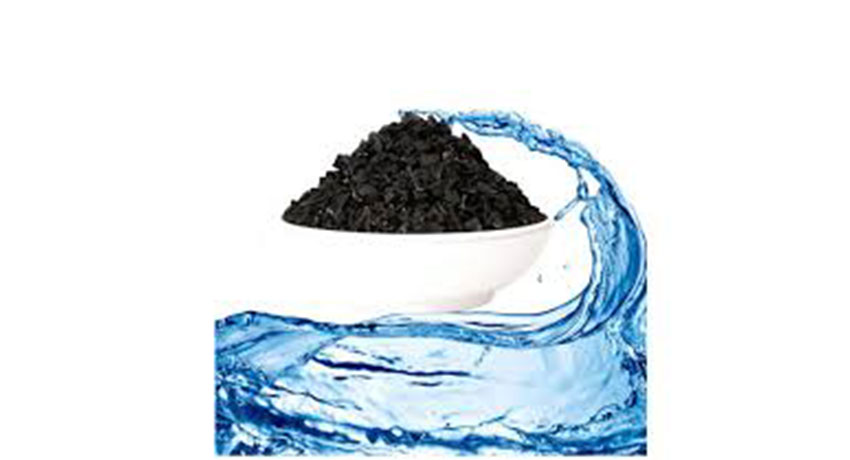Type of Carbon
Coconut Shell Activated Carbon

Coal Based Activated Carbon

Activated Carbon for Water Purification

Sources of these contaminants might include solvents, pesticides, industrial wastes, or contaminants from leaking underground storage tanks.
Contaminants such as benzene, chlorobenzenes, trichloroethylene, carbon tetrachloride, methylene chloride, and vinyl chloride in drinking water may pose health risks if they are present in quantities above the EPA Health Advisory Level (HAL). Pesticides, such as Atrazine, also can pose a health risk if present in quantities above EPA guidelines. Activated carbon (AC) filtration can effectively reduce some of these organic chemicals as well as certain harmless taste and odour-producing compounds.
Some drinking water may be disinfected with chlorine or chloramines. During disinfection the reaction of chlorine with organic matter can produce compounds such as trihalomethanes (THMs) as byproducts. These disinfection byproducts may increase the risk of certain cancers. The EPA mandates that public systems have less than 80 parts per billion (ppb) of THMs in their treated water. Activated Charcoal filtration can be effective in removing chlorine, chloramines, and some disinfection byproducts.
This granular activated carbon is used for water treatment applications in fixed bed media filters. It is used for removal of taste, odour, chlorine, and dissolved organic contaminants from potable and process water. It is also used in DM plant filters, Tap water filters, Desalination plants, and Aquariums.
Common carbon mesh sizes used for water purification are
8×168×208×3012×3012×4018×40
Activated Carbon for Gold Recovery

Our Activated carbon products offers superior performance in terms of providing the highest gold adsorption capacity (K value), rate of adsorption (R value), superior hardness and abrasion resistance. Our Gold Carbon products provide our customers with exceptional value by maximizing yield while minimizing loss.
In gold recovery applications, adsorption forces remove gold from solutions and adhere the metal complex to the carbon surface. Because the reaction occurs at the surface of the carbon, the adsorption process is relatively easy to reverse, a process called “desorption.” While it is important to maximize the adsorption of gold from the solution, it is equally as important to subsequently desorb the gold from the carbon. Any molecules that remain adsorbed after elution or stripping translate into gold that cannot be recovered. As a result, it is important to select an activated carbon that efficiently adsorbs and desorbs to maximize overall yield and profitability.
Activated charcoal can be produced from a variety of different precursors, including coal, coconut, wood, and lignite, which are the primary materials used to make commercial-scale activated carbon. The starting material dictates the pore size distribution of the final activated carbon product. Typically, coconut is the precursor for gold recovery applications because of its tight pore structure, high activity pores, and hardness.
Common carbon mesh sizes used are
